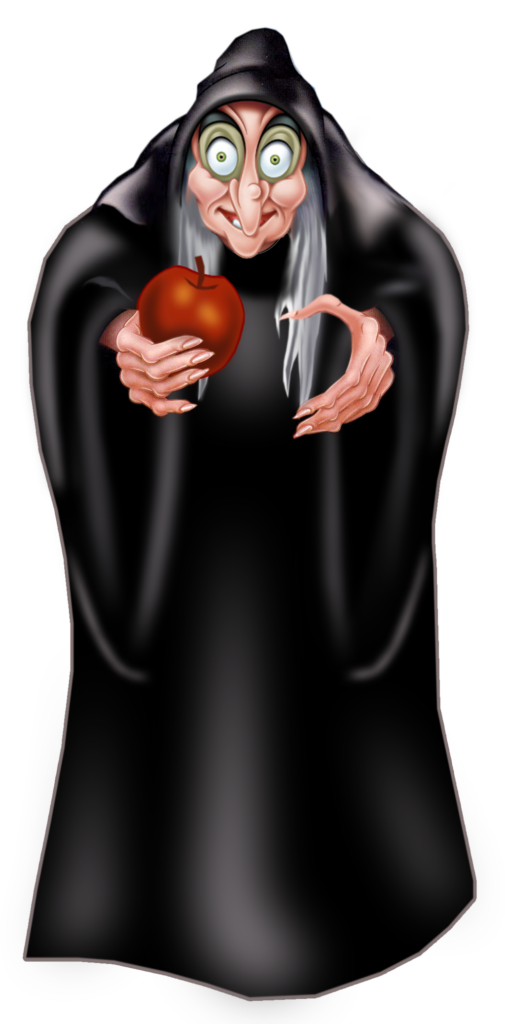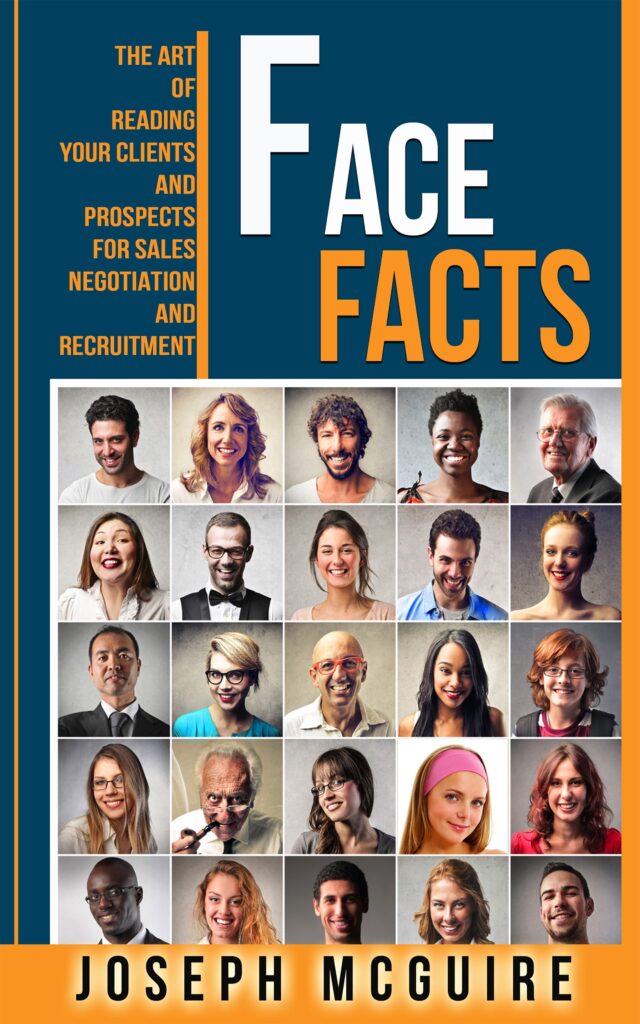It’s time to FACE FACTS! There is so much we learn about people by examining their facial structure and details. Our most recent guest is an expert.
Joseph McGuire joined us from Dublin, Ireland to share his amazing tool for understanding sincerity and honesty in communication. It also comes in handy for negotiations when we learn to become an impartial and unbiased observer of people.
His book is called Face Facts | The Art of Reading your Clients and Prospects for Sales, Negotiation and Recruitment.
“I was reading people as a small child and intuitively knew stuff about them. In sports I could see which players were committed and which players were holding back, and a lot of other stuff like that.”
Joseph McGuire
At one point, Joseph was introduced to the ancient Chinese scale of reading faces as a diagnostic tool for mental and physical ailments. He then worked as a therapist for 30 years and was continually reading people’s faces and body language.
“People are endlessly fascinating, and when I would touch them I would know what was really going on in their life. Their stresses were being absorbed into my body. That’s when I decided to bring these techniques into the world of business.”
Joseph McGuire
Joseph teaches that we tell a story before we even open our mouths or move a muscle. We also register others’ faces in 1/17 of a second, leading us to tell ourselves a story about the face and the person behind it, whether it’s realistic or not.

“Hollywood has been using this stuff for the last century. Look at Bambi, for example, very soft, rounded features with big eyes. When we see a face like that it triggers a soft response within us. Somebody with features like that is not a threat.”

“Contrast the witch in Snow White. She has very tight, angular, pointy features. Because it’s not pleasant, we aren’t attracted. Even though these examples are fictional characters, their facial features and expressions are designed to represent a particular type of personality.”
Even though as humans we have innate reactions to faces, Joseph is concerned about eliminating bias.
“I’m not about judgment, and I’m not concerned with conventional notions of beauty and attractiveness. When I’m looking at a face, I’m looking for character.”
Joseph McGuire
The first question Joseph may ask himself is about a person’s eyes. Does the person convey warmth and a genuine smile that lights up the eyes?
“We should always enter a room with a smile. It’s a muscle relaxant, it lowers blood pressure, and releases tension when we smile.”
Joseph cautions about “the social smile” people use to get on our good side. He reports that if the eyes are not engaged with their smile, it’s a red flag of insincerity.
During election season, Joseph suggests watching politicians and celebrities with the sound off at first, then rewind and watch again with the sound on.

“Ask yourself if what you’re watching now rings true with what you just saw and heard. You’ll often find the body language is telling you something different than what they’re saying.”
Joseph’s book is categorized by different parts of the face. The first chapter is the shape of the face.
“Facial shape is a very basic outline of a personality. You’re not looking for specific details especially since some of us are a mixture of 2 or 3 facial shapes.”
Joseph described Todd’s facial shape:

“He’s an element of the rectangular shape, but he’s got a relatively broad, flat chin. He will have lots of practical ideas.”
Joseph described my facial shape:

“Jackie’s got that leadership look. Jackie doesn’t want you to waste her time.”
Chapter 2 of Joseph’s book looks at each half of the face. The right side of the person’s own face tells you about their professional/public persona while the left side reveals their private persona.
“The right side shows genetic influence from the mother’s side, and the left from their father’s side. I’m looking for differences, particularly with the eyes, because the eyes will often give you very different messages.”
Chapter 3 focuses on the forehead, hairline, and eyebrows.
Is the forehead vertical or sloped? A vertical forehead indicates people who like to work with structure and planning. For this type of person, it’s important to present your information in an orderly, structured manner.
“If the forehead curves back like Vladimir Putin, this person will absorb information very quickly. Therefore, they want you to speak quickly and present the information quickly.

If the eyebrows are straight across these are people who like information in a very logical, linear manner. If the eyebrows are more curved they’ll want to connect personally with you first before you offer information.”
I don’t want to give away too many of Joseph’s secrets because his book is very worth owning. He goes into forehead lines, noses, mouths, and even ears. It’s all so fascinating.
Joseph typically works with CEO’s and C-Suite individuals in terms of their personality, character, and the ways they are being perceived when they communicate. Joseph also teaches the skills of negotiation using the knowledge from his book.
“I will sometimes work with teams and managers to help with the communication between themselves. I do a lot with sales teams. l build bridges, create relationships, and help people get their message across.”
Joseph’s work helps us recognize who the person is we’re speaking to and engaging with. It’s easy to be confused or even seduced by words. Some people are incredibly articulate, very descriptive, and very convincing with their words. But we need to be able to see beyond the words.
Don’t be deceived! Learn to let your intuition interpret what you’re visually seeing and feeling. Trust.
Joseph’s business is called Clearsight Communications. You can find him at ClearSightCommunications.com





Quick Links to our Social Media Sites